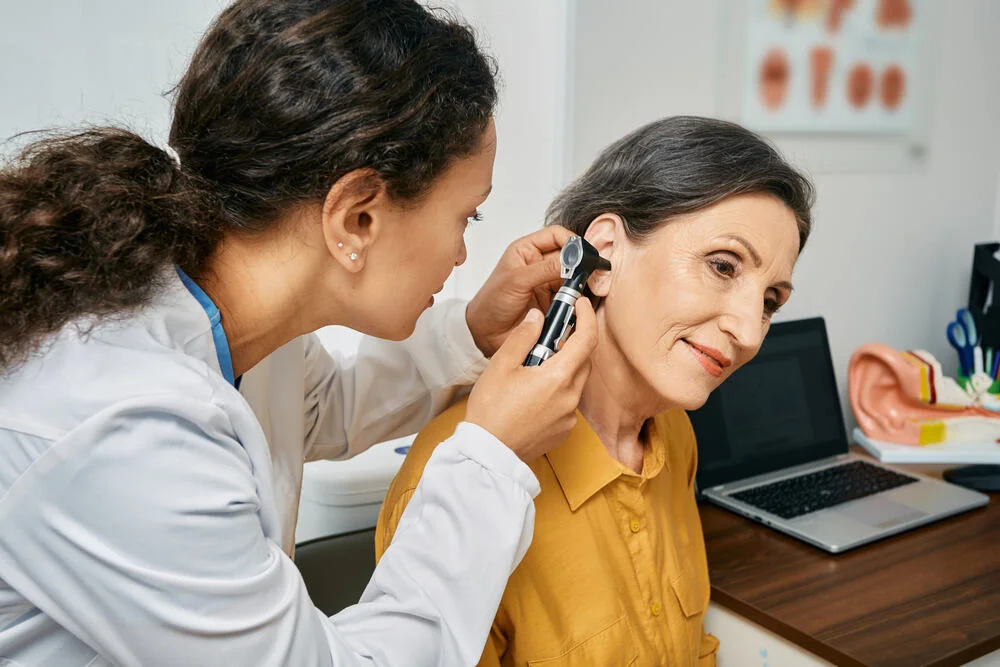
Explore and Find Top TBI Doctors Near You
Discover trusted and highly qualified TBI specialists dedicated to diagnosing, treating, and supporting individuals affected by traumatic brain injuries. View expert profiles, learn about their experience, and make informed decisions about your care with ease.

{{locationDetails}}
